MATLAB Control Systems EngineeringCesar Lopez MATLAB is a high-level language and environment for numerical computation, visualization, and programming. Using MATLAB, you can analyze data, develop algorithms, and create models and applications. The language, tools, and built-in math functions enable you to explore multiple approaches and reach a solution faster than with spreadsheets or traditional programming languages, such as C/C++ or Java.
MATLAB Control Systems Engineering introduces you to the MATLAB language with practical hands-on instructions and results, allowing you to quickly achieve your goals. In addition to giving an introduction to the MATLAB environment and MATLAB programming, this book provides all the material needed to design and analyze control systems using MATLAB’s specialized Control Systems Toolbox. The Control Systems Toolbox offers an extensive range of tools for classical and modern control design. Using these tools you can create models of linear time-invariant systems in transfer function, zero-pole-gain or state space format. You can manipulate both discrete-time and continuous-time systems and convert between various representations. You can calculate and graph time response, frequency response and loci of roots. Other functions allow you to perform pole placement, optimal control and estimates. The Control System Toolbox is open and extendible, allowing you to create customized M-files to suit your specific applications. MATLAB Differential EquationsCesar Lopez MATLAB is a high-level language and environment for numerical computation, visualization, and programming. Using MATLAB, you can analyze data, develop algorithms, and create models and applications. The language, tools, and built-in math functions enable you to explore multiple approaches and reach a solution faster than with spreadsheets or traditional programming languages, such as C/C++ or Java.
MATLAB Differential Equations introduces you to the MATLAB language with practical hands-on instructions and results, allowing you to quickly achieve your goals. In addition to giving an introduction to the MATLAB environment and MATLAB programming, this book provides all the material needed to work on differential equations using MATLAB. It includes techniques for solving ordinary and partial differential equations of various kinds, and systems of such equations, either symbolically or using numerical methods (Euler’s method, Heun’s method, the Taylor series method, the Runge–Kutta method,…). It also describes how to implement mathematical tools such as the Laplace transform, orthogonal polynomials, and special functions (Airy and Bessel functions), and find solutions of finite difference equations. MATLAB Symbolic Algebra and Calculus ToolsCesar Lopez MATLAB is a high-level language and environment for numerical computation, visualization, and programming. Using MATLAB, you can analyze data, develop algorithms, and create models and applications. The language, tools, and built-in math functions enable you to explore multiple approaches and reach a solution faster than with spreadsheets or traditional programming languages, such as C/C++ or Java.
MATLAB Symbolic Algebra and Calculus Tools introduces you to the MATLAB language with practical hands-on instructions and results, allowing you to quickly achieve your goals. Starting with a look at symbolic variables and functions, you will learn how to solve equations in MATLAB, both symbolically and numerically, and how to simplify the results. Extensive coverage of polynomial solutions, inequalities and systems of equations are covered in detail. You will see how MATLAB incorporates vector, matrix and character variables, and functions thereof. MATLAB is a powerful symbolic manipulator which enables you to factorize, expand and simplify complex algebraic expressions over all common fields (including over finite fields and algebraic field extensions of the rational numbers). With MATLAB you can also work with ease in matrix algebra, making use of commands which allow you to find eigenvalues, eigenvectors, determinants, norms and various matrix decompositions, among many other features. Lastly, you will see how you can use MATLAB to explore mathematical analysis, finding limits of sequences and functions, sums of series, integrals, derivatives and solving differential equation. Functional Python ProgrammingSteven Lott Create succinct and expressive implementations with functional programming in PythonAbout This Book Implement common functional programming design patterns and techniques in PythonLearn how to choose between imperative and functional approaches based on expressiveness, clarity, and performanceApply functional Python to common Exploratory Data Analysis (EDA) programming problemsWho This Book Is For
This book is for developers who want to use Python to write programs that lean heavily on functional programming design patterns. You should be comfortable with Python programming, but no knowledge of functional programming paradigms is needed. In Detail
Python is an easy-to-learn and extensible programming language that offers a number of functional programming features. It's ideally suited to a number of applications in the broad space of data science.
This practical guide demonstrates the Python implementation of a number of functional programming techniques and design patterns. Starting with a general overview of functional programming concepts, you will explore common functional features such as first-class and higher-order functions, pure functions and more, and how these are accomplished in Python. Additionally, you will cover how common functional optimizations can be handled in Python. You'll also explore data preparation techniques and data exploration in depth. Moving on, you will learn how the Python standard library fits the functional programming model. The book concludes with a look at the PyMonad project and some larger examples.
By the end of this book, you will be able to understand what functional programming is all about, its impact on the programming workflow, why it's important, and how to implement it in Python. Mastering Object-oriented PythonSteven F. Lott For those who know the basics of object-oriented Python this book is a must-have. With 750 code samples and a relaxed tutorial approach, it’s the seamless route to more sophisticated programming.
OverviewCreate applications with flexible logging, powerful configuration and command-line options, automated unit tests, and good documentation.Use the Python special methods to integrate seamlessly with built-in features and the standard libraryDesign classes to support object persistence in JSON, YAML, Pickle, CSV, XML, Shelve, and SQL
In Detail
This practical example-oriented guide will teach you advanced concepts of object-oriented programming in Python. This book will present detailed examples of almost all of the special method names that support creating classes that integrate seamlessly with Python's built-in features. It will show you how to use JSON, YAML, Pickle, CSV, XML, Shelve, and SQL to create persistent objects and transmit objects between processes. The book also covers logging, warnings, unit testing, configuration files, and how to work with the command line.
This book is broken into three major parts: Pythonic Classes via Special Methods; Persistence and Serialization; Testing, Debugging, Deploying, and Maintaining. The special methods are broken down into several focus areas: initialization, basics, attribute access, callables, contexts, containers, collections, numbers, and more advanced techniques such as decorators and mixin classes.
What you will learn from this bookUnderstand the different design patterns for the __init__() methodDiscover the essential features of Python 3's abstract base classes and how you can use them for your own applicationsDesign callable objects and context managers that leverage the with statementPerform object serialization in formats such as JSON, YAML, Pickle, CSV, and XMLEmploy the Shelve module as a sophisticated local databaseMap Python objects to a SQL database using the built-in SQLite moduleTransmit Python objects via RESTful web servicesDevise strategies for automated unit testing, including how to use the doctest and the unittest.mock moduleParse command-line arguments and integrate this with configuration files and environment variables
Approach
This book follows a standard tutorial approach with approximately 750 code samples spread through the 19 chapters. This amounts to over 5,900 lines of code that illustrate each concept. Mastering Algorithms with CKyle Loudon Mastering Algorithms with C offers robust solutions for everyday programming tasks. This book avoids the abstract style of most classic data structures and algorithms texts, yet provides all the information you need to understand and use common programming techniques. Intended for anyone with a basic understanding of the C language, it includes implementations and real-world examples of each data structure and algorithm in the text, plus full source code on the accompanying disk. Using both a programming style and a writing style that are exceptionally clean, Kyle Loudon shows you how to use such essential data structures as lists, stacks, queues, sets, trees, heaps, priority queues, and graphs. He shows you how to use algorithms for sorting, searching, numerical analysis, data compression, data encryption, common graph problems, and computational geometry. He also describes the relative efficiency of all implementations. | Writing Compilers and InterpretersRonald Mak Quickly master all the skills you need to build your own compilers and interpreters in C++
Whether you are a professional programmer who needs to write a compiler at work or a personal programmer who wants to write an interpreter for a language of your own invention, this book quickly gets you up and running with all the knowledge and skills you need to do it right. It cuts right to the chase with a series of skill-building exercises ranging in complexity from the basics of reading a program to advanced object-oriented techniques for building a compiler in C++.
Here's how it works:
Every chapter contains anywhere from one to three working utility programs that provide a firsthand demonstration of concepts discussed, and each chapter builds upon the preceding ones. You begin by learning how to read a program and produce a listing, deconstruct a program into tokens (scanning), and how to analyze it based on its syntax (parsing). From there, Ron Mak shows you step by step how to build an actual working interpreter and an interactive debugger. Once you've mastered those skills, you're ready to apply them to building a compiler that runs on virtually any desktop computer. Writing Compilers and Interpreters: A Software Engineering ApproachRonald Mak Long-awaited revision to a unique guide that covers both compilers and interpreters Revised, updated, and now focusing on Java instead of C++, this long-awaited, latest edition of this popular book teaches programmers and software engineering students how to write compilers and interpreters using Java. You?ll write compilers and interpreters as case studies, generating general assembly code for a Java Virtual Machine that takes advantage of the Java Collections Framework to shorten and simplify the code. In addition, coverage includes Java Collections Framework, UML modeling, object-oriented programming with design patterns, working with XML intermediate code, and more. Sets, Logic and Maths for ComputingDavid Makinson This easy-to-follow textbook introduces the mathematical language, knowledge and problem-solving skills that undergraduates need to study computing. The language is in part qualitative, with concepts such as set, relation, function and recursion/induction; but it is also partly quantitative, with principles of counting and finite probability. Entwined with both are the fundamental notions of logic and their use for representation and proof. Features: teaches finite math as a language for thinking, as much as knowledge and skills to be acquired; uses an intuitive approach with a focus on examples for all general concepts; brings out the interplay between the qualitative and the quantitative in all areas covered, particularly in the treatment of recursion and induction; balances carefully the abstract and concrete, principles and proofs, specific facts and general perspectives; includes highlight boxes that raise common queries and clear confusions; provides numerous exercises, with selected solutions. Beginning iPhone Development: Exploring the iPhone SDKDave Mark, Jeff LaMarche Are you a programmer looking for a new challenge? Does the thought of building your very own iPhone app make your heart race and your pulse quicken? If so, then Beginning iPhone Development is just the book for you.
Assuming only a minimal working knowledge of Objective-C, and written in a friendly, easy-to-follow style, Beginning iPhone Development offers a complete soup-to-nuts course in iPhone and iPod Touch programming.
The book starts with the basics, walking you through the process of downloading and installing Apple's free iPhone SDK, then stepping you though the creation of your first simple iPhone application. You'll move on from there, mastering all the iPhone interface elements that you've come to know and love, such as buttons, switches, pickers, toolbars, sliders, etc.
You'll master a variety of design patterns, from the simplest single view to complex hierarchical drill-downs. You'll master the art of table-building and learn how to save your data using the iPhone file system. You'll also learn how to save and retrieve your data using SQLite, iPhone's built-in database management system.
You'll learn how to draw using Quartz 2D and OpenGL ES. You'll add MultiTouch Gestural Support (pinches and swipes) to your applications, and work with the Camera, Photo Library, and Accelerometer. You'll master application preferences, learn how to localize your apps into other languages, and so much more.
Apple's iPhone SDK, this book, and your imagination are all you'll need to start building your very own best-selling iPhone applications.
You can discover more about this book, download source code, and find support forums at the book's companion site: www.iphonedevbook.com Reviews
"People ask me again and again about how to get started in iPhone development, but I never had a very good answer for them until now. Dave and Jeff's book starts at the beginning in clear English, making sure you understand the fundamentals with many large illustrations. From there, they progress into key concepts such as the MVC pattern and ImageBuilder fundamentals. Additionally, I find myself flipping back to it as a reference guide—the plethora of code samples make it a must-have."
—Steve Demeter, Creator of "Trism" and owner of Demiforce LLC
"Beginning iPhone Development delivers a clear picture of the entire development process from registering as an iPhone developer through creation of complete applications. There is a wealth of examples illustrating each feature of the iPhone. The authors did an excellent job of demonstrating "best practice" coding methodology throughout the book. You would be hard pressed to find a better guide to creating software for the iPhone."
—Aaron Basil, iDev2.com
"Dave Mark has always been the king of Mac programming authors, and now he's proven to be the reigning king for books on iPhone development!
"Beginning iPhone Development is the definitive guide for iPhone development, and anyone aspiring to develop for the iPhone should get this invaluable reference."
—Brian Greenstone, President & CEO, Pangea Software, Inc.
"Jeff and Dave have done an exceptional job exploring the iPhone SDK. This book is far and away the single best resource for iPhone SDK development. Developers will latch on to this book and find it useful as they create the next great iPhone application. If you're a developer with an interest in this amazing new platform, this is a must buy."
—Chris Stewart, Founder, iPhoneDevSDK.com
"If you're planning on coding for the iPhone, start here. Dave and Jeff know their stuff and also know how to explain it. I was amazed how much stuff they cover, from Hello World through analyzing user gestures. Not only do they cover the fun stuff like playing with the camera, they cover real-world development issues like localization. I learned a huge amount from them"
—Mark Dalrymple, Co-founder, CocoaHeads, and Principal Author, Advanced Mac OS X Programming
"Starting with an overview of the technology, how to approach the device, the authors lead us straight into the heart of iPhone development. As you progress, you'll learn more about various layout engines and view managers, as well as the more meaty topics like accelerometer and GPS APIs. This book is a must-have for anyone interested in getting started quickly and efficiently with iPhone development!"
—Chris Pelsor, Manager, Tarantell:Hybrid
"All in all I was very surprised and pleased with the book. I've had the fortune of reading many technical books, and few do a great job of walking someone through the basics without making them feel like a dolt. It felt like every time I was stuck or unsure there was a tip, hint or paragraph which explained what was going on."
—Cory Foy, at Slashdot.org Summary of Contents Welcome to the JungleAppeasing the Tiki GodsHandling Basic InteractionMore User Interface FunAutorotation and AutosizingMultiview ApplicationsTab Bars and PickersIntroduction to Table ViewsNavigation Controllers and Table ViewsApplication Settings and User DefaultsBasic Data PersistenceDrawing with Quartz and OpenGLTaps, Touches, and GesturesWhere Am I? Finding Your Way with Core LocationWhee!iPhone Camera and Photo LibraryApplication LocalizationWhere to Next?About the Apress Beginning Series
The Beginning series from Apress is the right choice to get the information you need to land that crucial entry–level job. These books will teach you a standard and important technology from the ground up because they are explicitly designed to take you from “novice to professional.” You’ll start your journey by seeing what you need to know—but without needless theory and filler. You’ll build your skill set by learning how to put together real–world projects step by step. So whether your goal is your next career challenge or a new learning opportunity, the Beginning series from Apress will take you there—it is your trusted guide through unfamiliar territory! Learn C on the MacDave Mark Considered a classic by an entire generation of Mac programmers, this popular guide has been completely updated for Mac OS X. Don’t know anything about programming? No problem! Acclaimed author Dave Mark starts out with the basics and takes you through a complete course in programming C using Apple’s free Xcode tools. This book is perfect for beginners learning to program. It includes all–new Mac OS X examples! Provides best practices for programming newbiesWritten by the expert on C–programming for the MacPresents all the basics with a pragmatic, Mac OS X-flavored approach
What you’ll learn Master C programming, the gateway to programming your Mac or iPhone.Write applications for the Mac OS X interface, the cleanest user interface around.Understand variables and how to design your own data structures.Work with the file system.Connect to data sources and the Internet.
Who is this book for
For anyone wanting to learn to program in Mac OS X, including developers new to the Mac, developers new to C, or students entirely new to programming. For anyone who wants to learn how to program their iPhone, this is also the core language primer. |
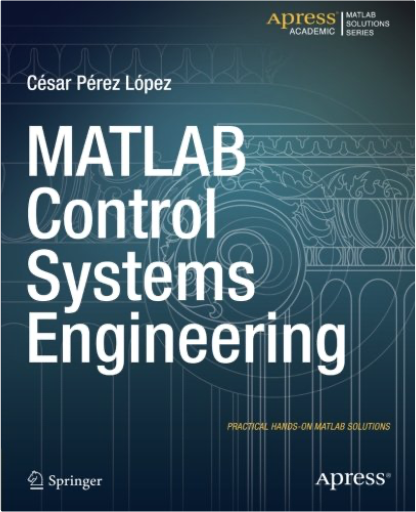
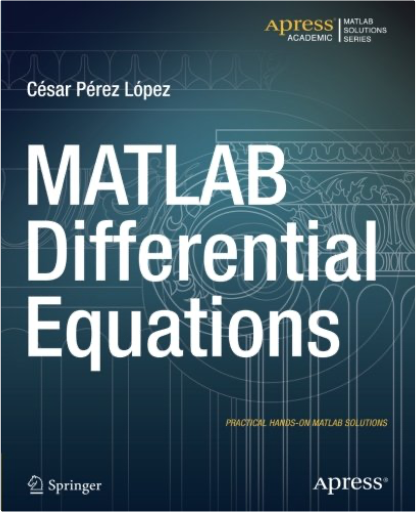
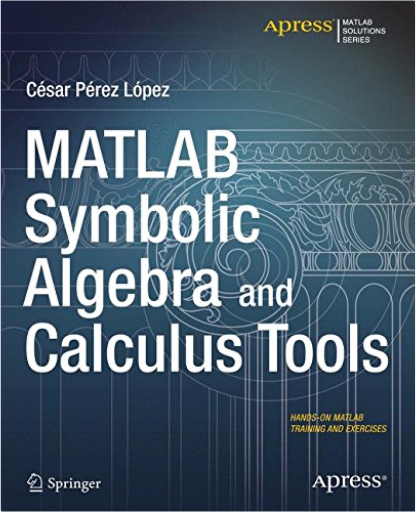
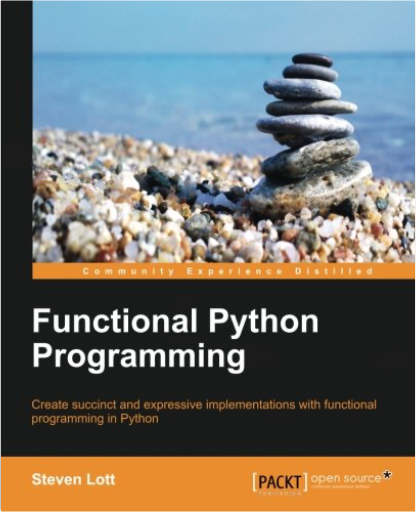
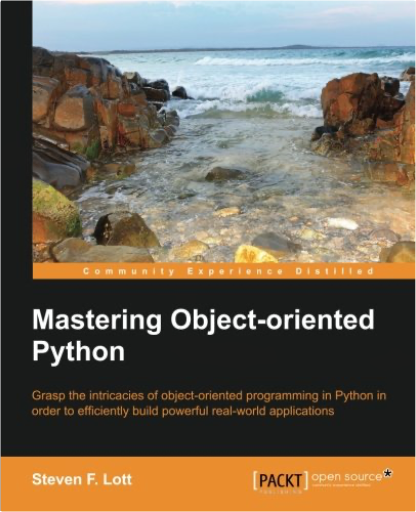
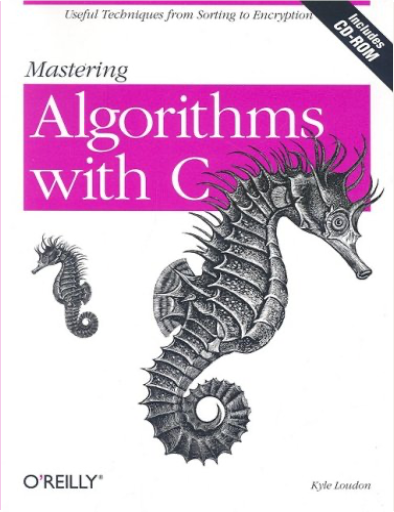
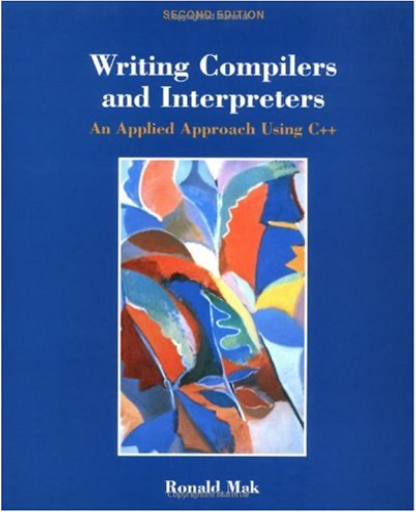
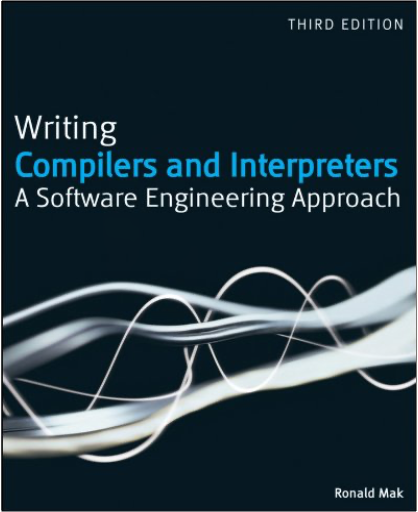
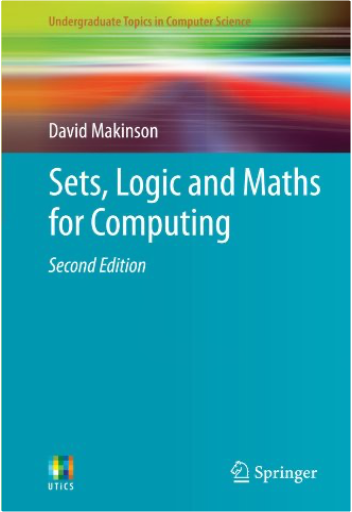
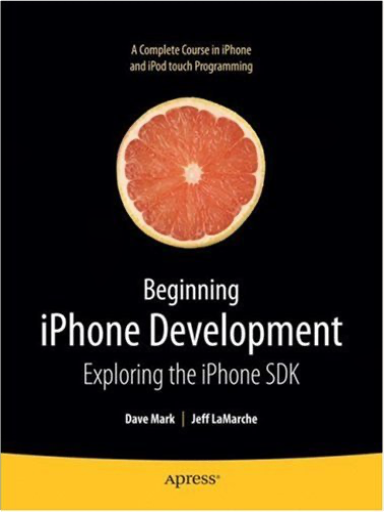
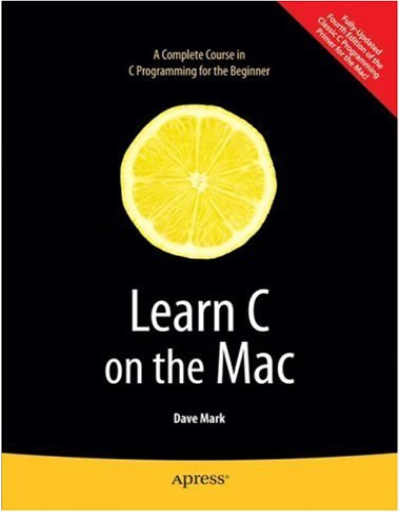


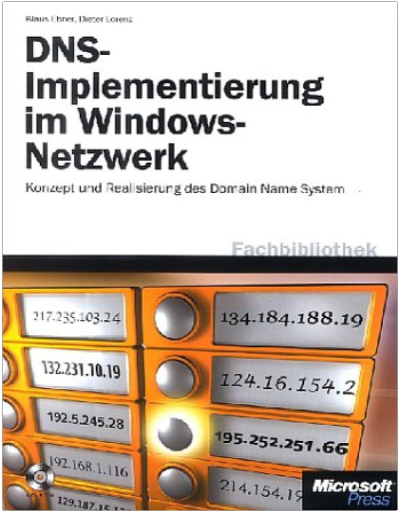
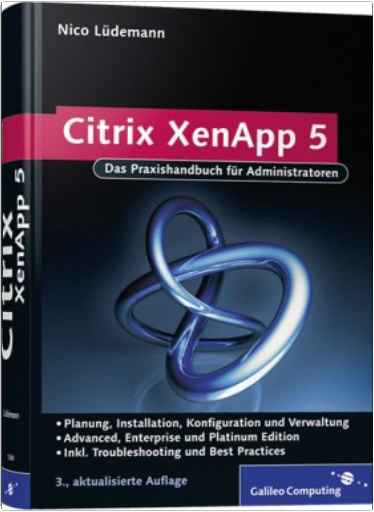
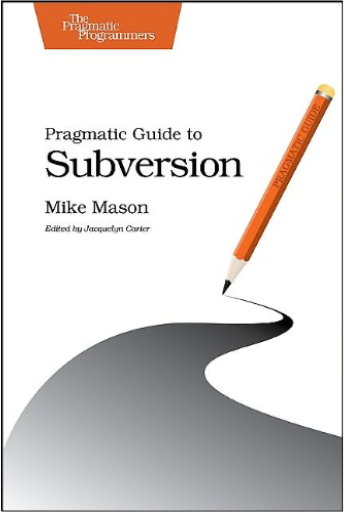
 Made with Delicious Library
Made with Delicious Library